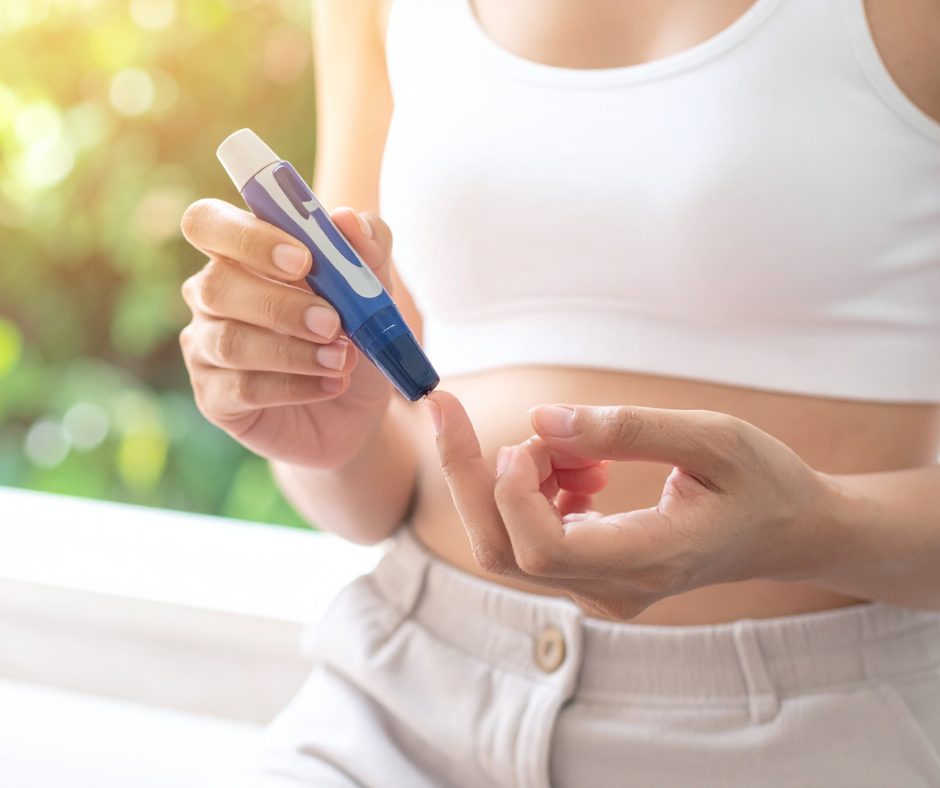Monitoring blood glucose is the foundation of effective diabetes management. Without accurate tracking, people risk complications that can affect their heart, kidneys, eyes, and nerves. According to the International Diabetes Federation, over 537 million adults worldwide live with diabetes. This number is expected to rise to 643 million by 2030. Therefore, learning how to monitor blood glucose like a pro is not optional—it is essential.
Why You Must Monitor Blood Glucose
Monitoring blood glucose helps you understand how food, exercise, stress, and medication affect your body. The American Diabetes Association states: “Self-monitoring of blood glucose is a cornerstone of diabetes care.” Regular checks allow you to adjust lifestyle choices and prevent dangerous highs or lows.
- Prevent complications: High blood sugar damages blood vessels and nerves. Monitoring reduces long-term risks.
- Guide treatment: Doctors use your readings to adjust insulin or medication.
- Empower decisions: You can see how meals or workouts impact your levels.
- Detect emergencies: Monitoring helps catch hypoglycemia or hyperglycemia early.
Each of these points matters because diabetes is often silent. You may feel fine while damage occurs inside your body. Monitoring blood glucose provides visibility and control.
Tools to Monitor Blood Glucose Like a Pro
Glucometers
Glucometers are the most common tool. They use a small drop of blood from your fingertip. According to Health Canada, accuracy depends on proper use of test strips and devices. Modern meters store results and connect to apps for tracking.
Continuous Glucose Monitors (CGMs)
CGMs use sensors placed under the skin. They measure glucose every few minutes. A 2023 study found that CGMs reduce hypoglycemia episodes by 38% compared to fingerstick testing. They also provide trend data, which shows whether glucose is rising or falling.
Flash Glucose Monitoring
Flash systems allow you to scan a sensor with a reader or smartphone. Unlike CGMs, they don’t send continuous alerts. However, they are less expensive and still provide valuable insights.
A1C Testing
A1C measures average blood glucose over three months. Diabetes Canada recommends testing every three months if targets are not met. It helps track long-term control, but it cannot replace daily monitoring.
Techniques to Monitor Blood Glucose Effectively
Establish a Routine
Consistency matters. Experts recommend testing at the same times each day. For example, check before meals, two hours after meals, and before bed. This routine shows how your body responds throughout the day.
Use Proper Technique
Improper technique leads to inaccurate results. That is why Canada.ca advises to store strips correctly. Additionally, even small errors, like squeezing your finger too hard, can distort readings. Therefore, learn the correct technique before you Monitor Blood Glucose.
Record and Review Data
Tracking results helps spot patterns. Many apps sync with meters or CGMs. Reviewing data with your healthcare provider ensures better treatment decisions. As Dr. Lori Berard, a diabetes educator, explains: “Data is only useful when interpreted in context.”
How to Interpret Results When You Monitor Blood Glucose
Understand Target Ranges
For most adults with diabetes, fasting blood glucose should be 80–130 mg/dL. Two hours after meals, it should be less than 180 mg/dL. However, targets vary depending on age, health, and treatment.
Look for Trends
One reading does not tell the full story. Trends matter more. For example, if glucose spikes after breakfast daily, you may need to adjust your meal or medication.
Consider Influencing Factors
Stress, illness, and even sleep affect glucose. For instance, poor sleep increases insulin resistance, leading to higher readings. Therefore, considering these factors is also essential.
Monitor Blood Glucose: Advanced Insights
Using CGM Data
CGMs provide metrics like “time in range.” This shows the percentage of time your glucose stays within target. Research shows that more than 70% time in range reduces complications significantly. Therefore, CGM data is more actionable than single readings.
Combining A1C and Daily Monitoring
A1C shows long-term averages, but daily monitoring reveals short-term fluctuations. Together, they provide a complete picture. For example, a good A1C may hide frequent hypoglycemia episodes.
Involving Healthcare Providers
Doctors and diabetes educators interpret results with context by considering medication, lifestyle, and comorbidities. As Diabetes Canada notes: “Monitoring is not just about numbers; it is about guiding therapy.”
Common Mistakes When You Monitor Blood Glucose
- Testing inconsistently: Random checks miss patterns.
- Ignoring device instructions: Improper use reduces accuracy.
- Not recording results: Memory is unreliable. Therefore, data must be tracked and recorded.
- Focusing only on A1C: A1C hides daily highs and lows.
- Avoiding professional input: Self-interpretation can be misleading. Therefore, speak to a doctor when in doubt.
Each mistake reduces the value of monitoring. Avoid them to gain accurate insights.
Statistics That Highlight the Importance
- 1 in 10 adults worldwide has diabetes.
- CGMs reduce hypoglycemia by 38%.
- More than 70% time in range lowers complication risk
- Lastly, 537 million adults live with diabetes globally
These numbers show why monitoring blood glucose is critical. Therefore, diabetes demands proactive management.
Monitor Blood Glucose Like a Pro
Monitoring blood glucose is more than checking numbers. It is about using tools, applying techniques, and interpreting results wisely. Glucometers, CGMs, flash systems, and A1C tests significantly help prevent health issues. However, success depends on consistency, accuracy, and professional guidance. With proper monitoring, you can prevent complications, guide treatment, and live a healthier life.


